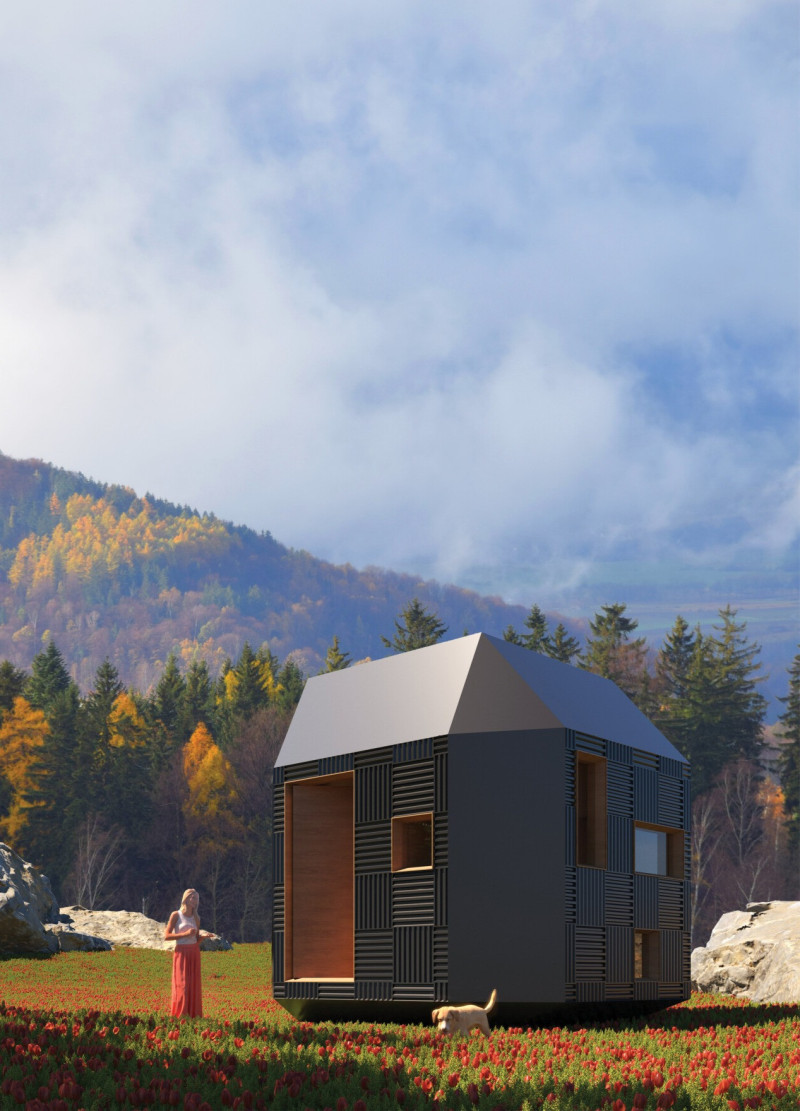5 key facts about this project
The primary function of the project is to serve as a multifunctional space that accommodates diverse activities, from community gatherings to educational initiatives. The spatial organization reflects a deliberate layout that balances openness with privacy, ensuring that users can engage in both collaborative and independent activities. Each zone is carefully defined yet interconnected, promoting a fluid movement throughout the space. The incorporation of natural light plays a significant role in enhancing the user experience. Generous windows and strategically placed skylights create a bright and inviting atmosphere, fostering a sense of well-being among occupants.
The materiality of the project is particularly noteworthy, reflecting a deep respect for both the environment and the surrounding architectural language. The use of locally sourced materials not only reduces the carbon footprint but also roots the building in its geographical context. Key materials featured in the design include a combination of durable brick, warm timber, and expansive glass, each chosen for their performance and aesthetic qualities. The brick façade, with its subtle texture, pays homage to traditional building techniques while providing durability and insulation. The wooden elements introduce warmth, creating a welcoming environment, while the glass sections provide transparency, allowing views into and out of the space, thereby blurring the lines between the interior and exterior.
Additionally, the project employs a range of innovative design strategies aimed at enhancing energy efficiency and promoting sustainability. The integration of green roofs and walls not only contributes to the building’s aesthetic but also supports biodiversity and improves air quality. These features are complemented by energy-efficient systems which reduce overall consumption, aligning with contemporary architectural practices that prioritize eco-consciousness.
One of the most remarkable aspects of this project is its approach to community engagement. The design process has emphasized inclusivity, with spaces that encourage interaction among various user groups. Common areas are intentionally designed to foster a sense of belonging, with flexible seating arrangements and adaptable spaces catering to different event types. The outdoor areas are equally significant, seamlessly connecting the building to the surrounding landscape and inviting the community to utilize the facilities.
Through a careful examination of the architectural plans, sections, and elevations, one can appreciate the thoughtfulness embedded in every aspect of the design. The architectural sections reveal the building's thoughtful response to climate, with shading devices in place to mitigate solar gain while maximizing natural light. Each architectural idea reflects a balance between functionality and creativity, showcasing a design that not only meets the needs of its users but also enhances the overall urban fabric.
In summary, this architectural project stands as a testament to effective design that prioritizes community, sustainability, and contextual relevance. Its unique qualities lie in its material choices, environmental considerations, and the thoughtful integration of space that fosters interaction and engagement. To appreciate the full depth of this project, readers are encouraged to explore the architectural plans and design details, which illustrate the careful consideration that has gone into every element of this noteworthy endeavor.


























